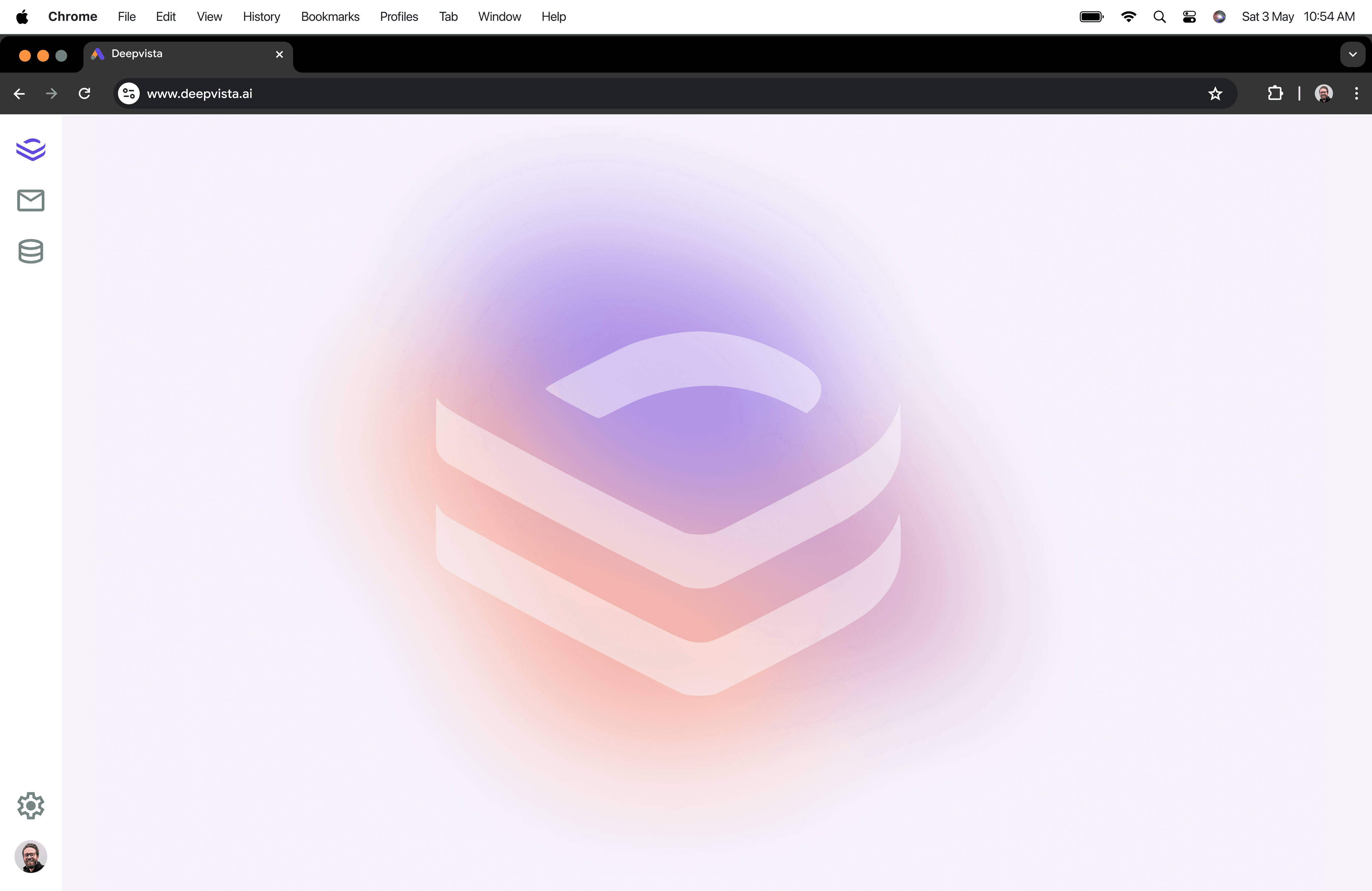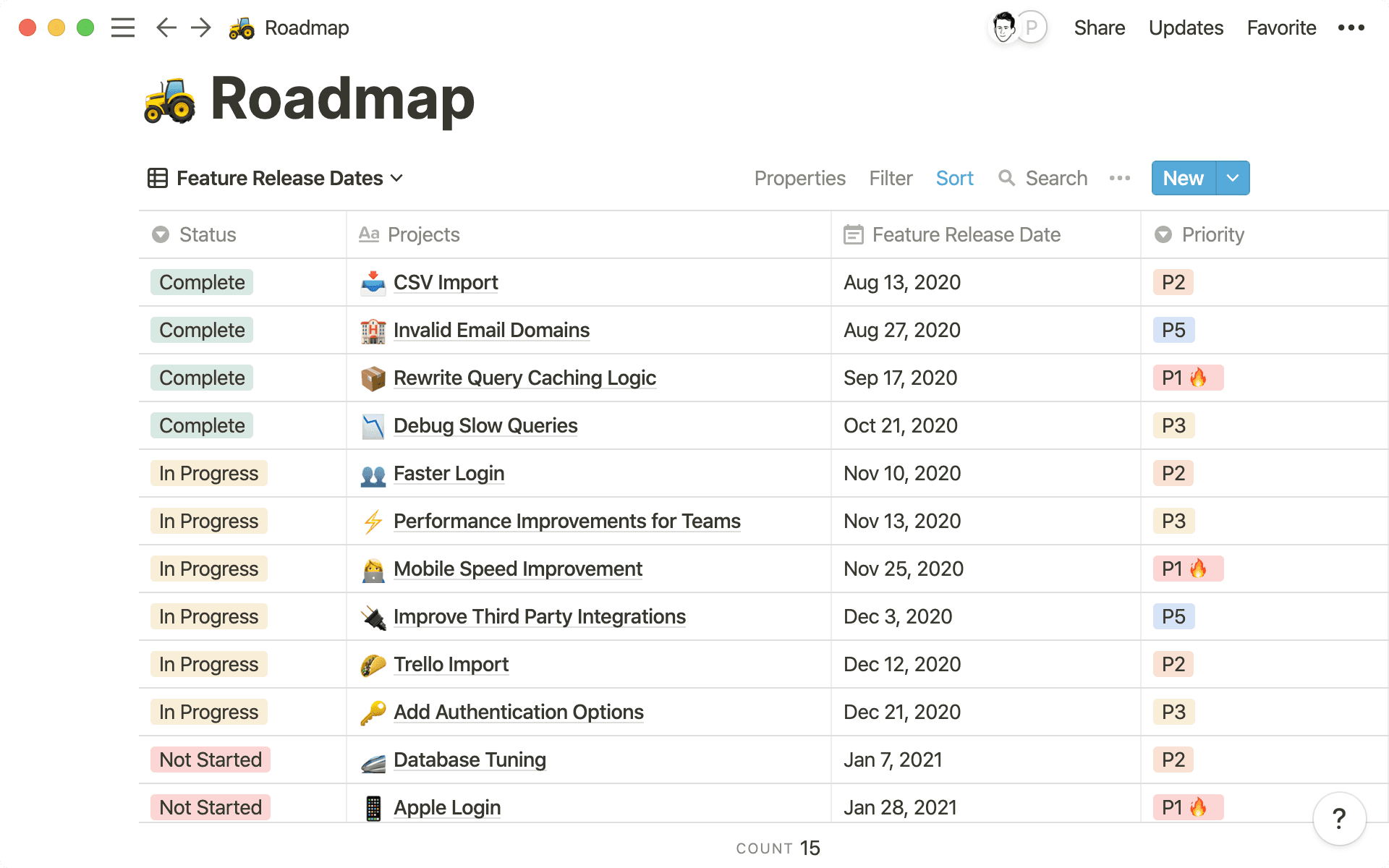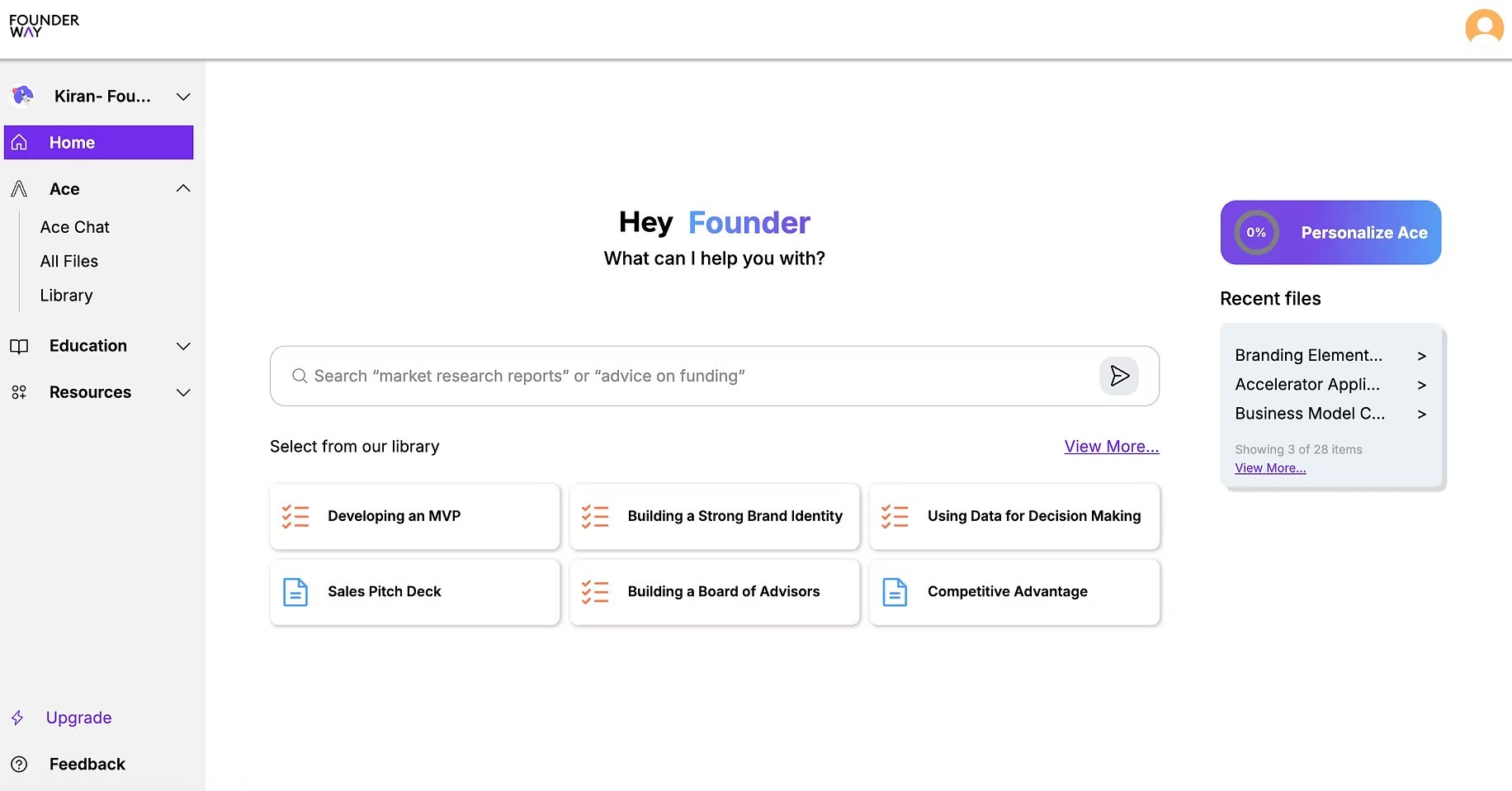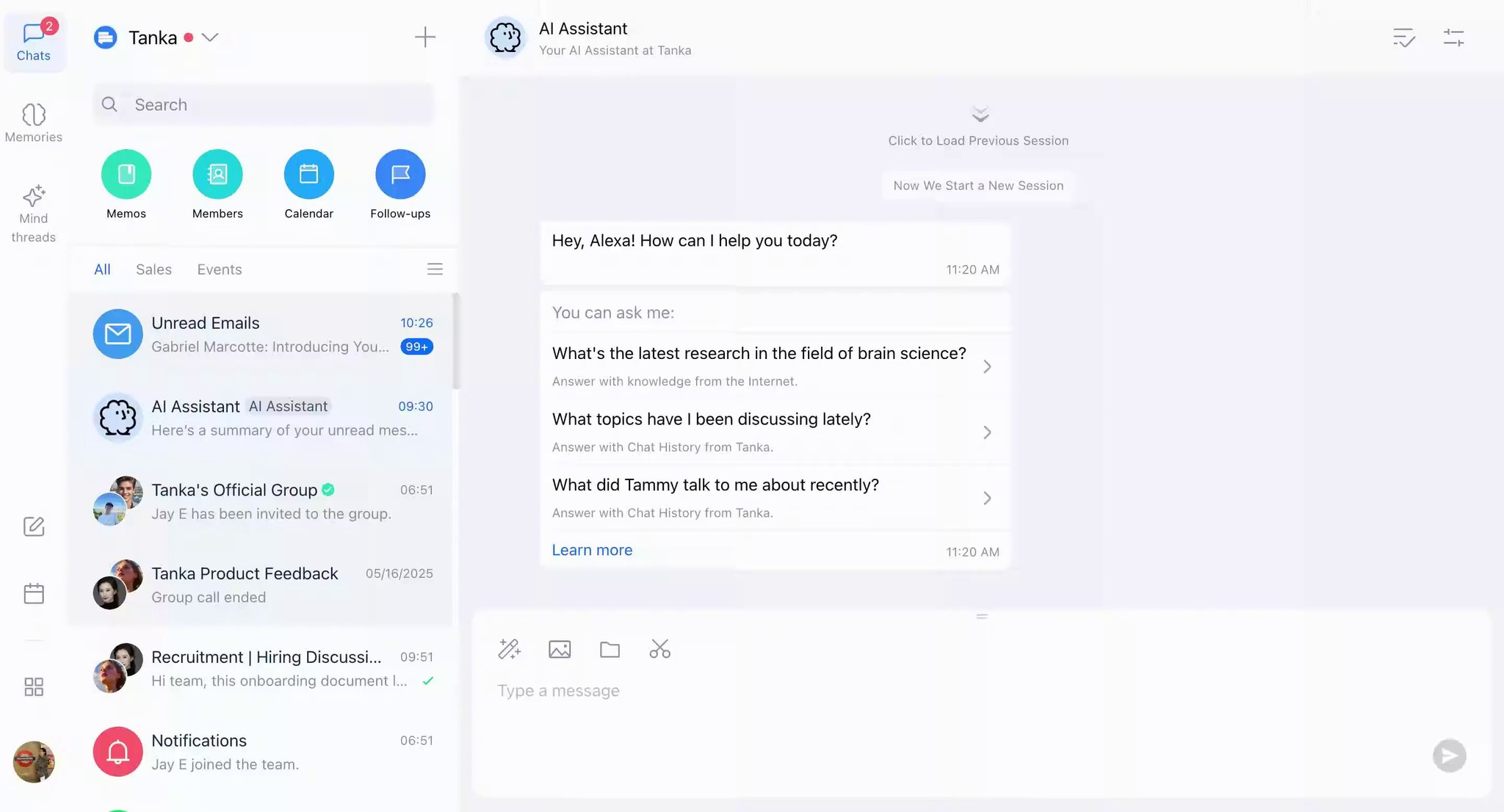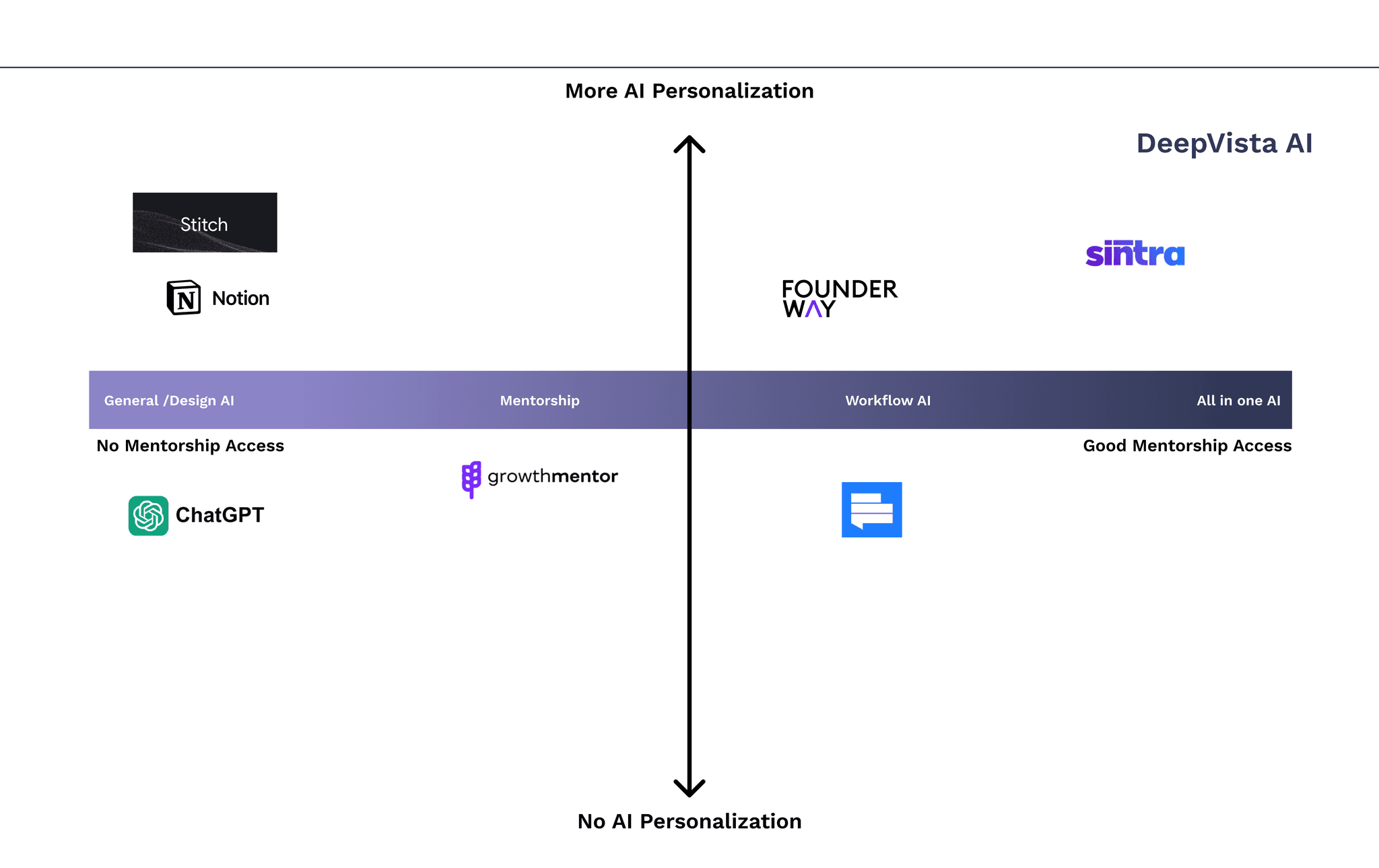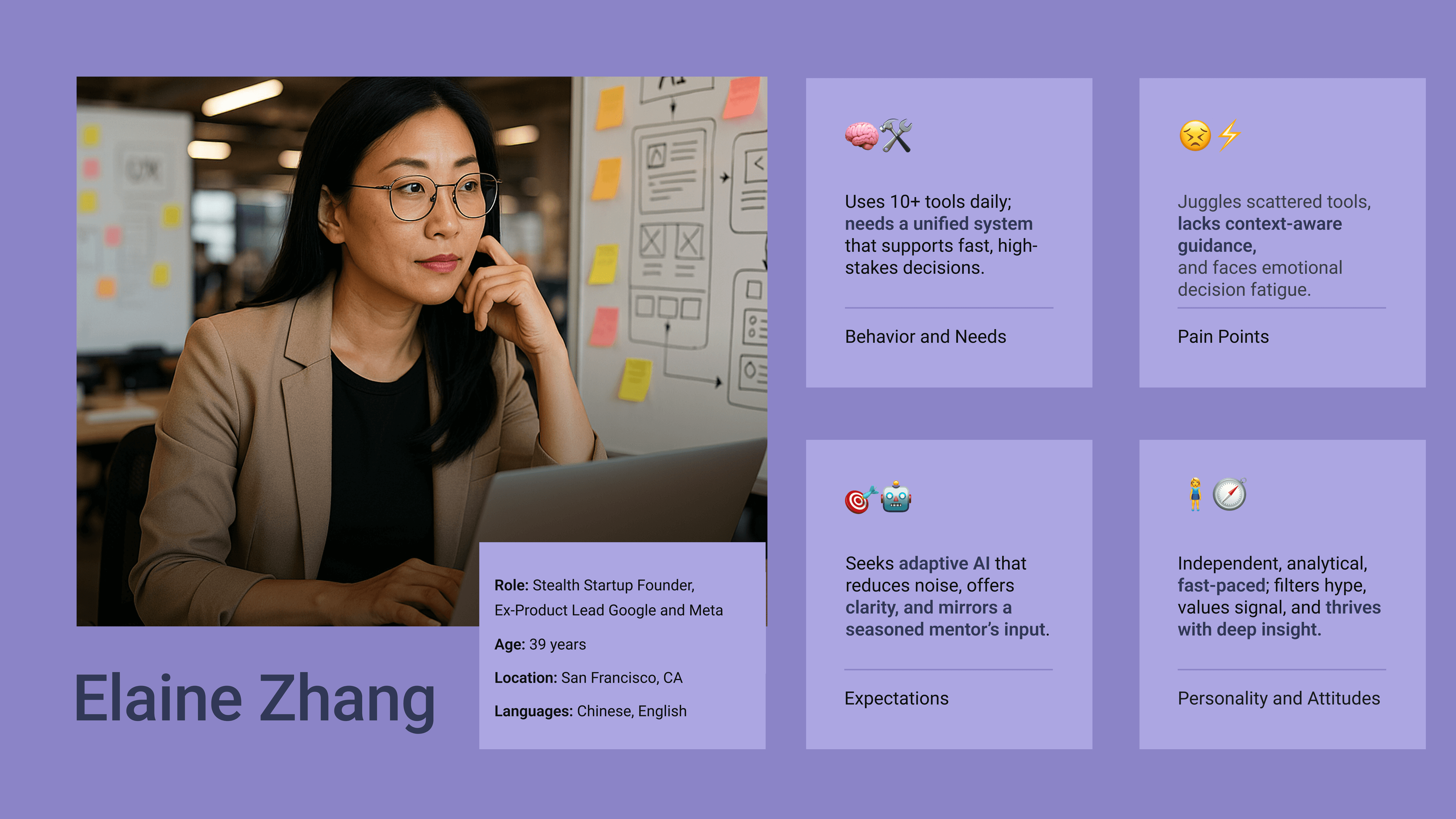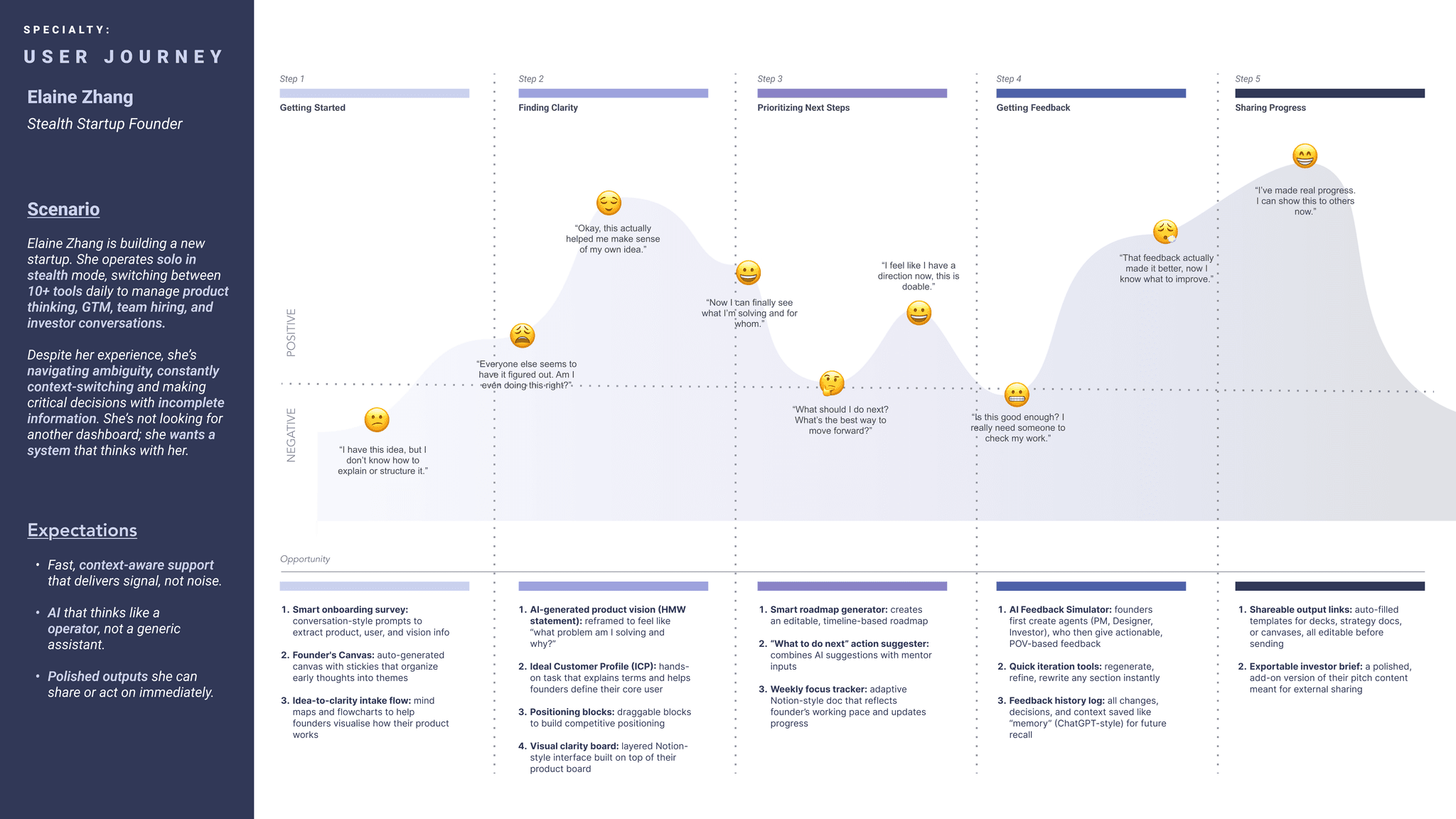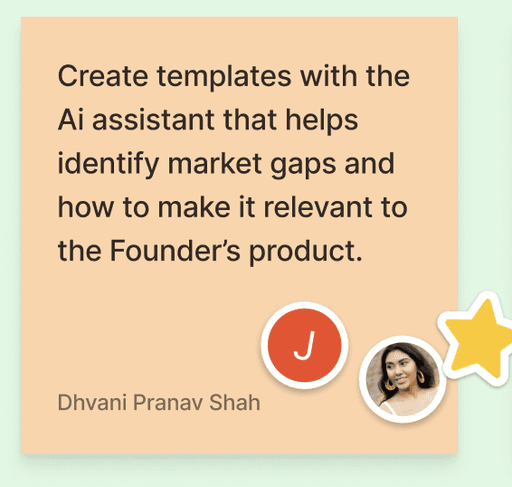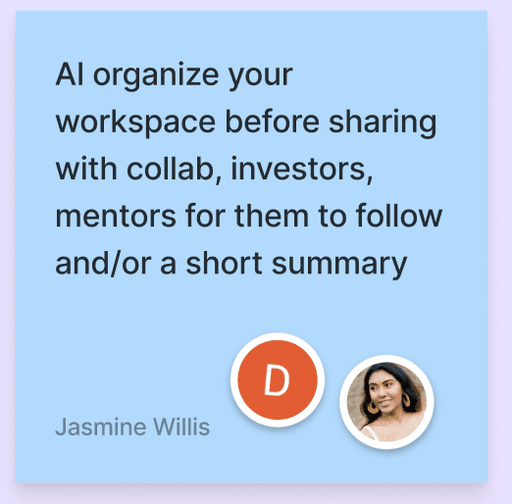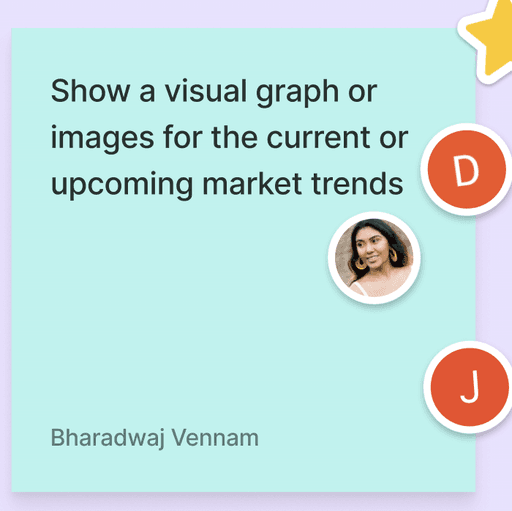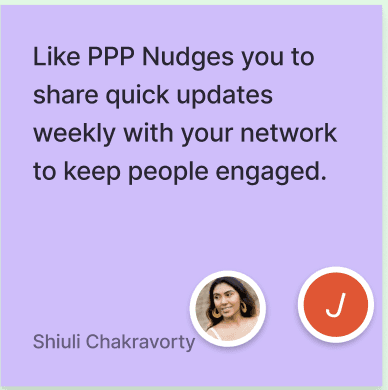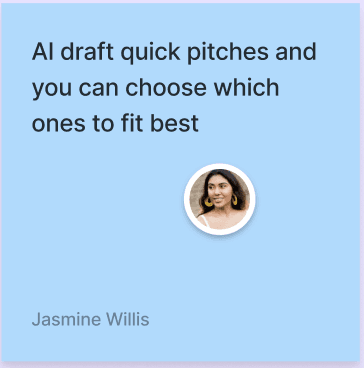wEB DESIGN | AI | Technology
Designed an AI-powered platform with mentorship provided to help early-stage startups
Team
YEAR
2025
ROLE
Product Designer
Tools
Figma, Slack, Figjam
Project Overview
DeepVista helps early-stage solo founders refine their product vision by simulating missing perspectives and generating insightful, shareable insights. It addresses both internal (skill/clarity) and external (feedback/social) gaps.
At Cocreate, we're tasked with a project that aims to support early-stage founders who require assistance with marketing, product development, and storytelling due to a lack of expertise. It seeks to provide clarity through professional mentorship and raise awareness of AI assistance to boost their productivity.
Problem
Founders face overwhelming advice from multiple sources, making it hard to prioritize actions to build a cohesive platform that integrates product, marketing, and strategy.
Jing Conan Wang, Founder of DeepVista AI, is looking for designers to create his platform from 0 →1, aiming to achieve an AI thinking partner for early-stage founders.
Many resources explain what to do (e.g., build an MVP), but fail to provide practical, step-by-step guidance for founders with no prior experience. When they do seek mentorship, most advice isn’t tailored to the founder’s specific stage, market, or emotional state.
Target Audience
Mental overload; burnout in solo founders
High failure rate for first-time founders (18%)
Founders with lack of tech knowledge
Time-Strapped Founders: Overwhelmed by tasks, seeking efficient progress tracking.
My Responsibility
As a Product Designer, I worked on every stage of the design process with the team and led the ideation phase.
Contributed to secondary research, competitive analysis, design, and brand strategy, UX wireframes, prototyping, user testing, and iterative design improvements; also developed presentation decks to communicate key insights and outcomes.
Solution
Need Solution
Need Solution
Point
Point
Point
Ten weeks to design a website to develop a mentorship program with AI assistance for startup founders.
The project timeline included:
2 Weeks: User research, problem redefinition through affinity mapping, and strategizing solutions and key features.
2 Week: Product Validation and redefined scope, problem and needs, research presentation.
2 Weeks: Ideation + UX Architecture, design user flow, MVP wireframe
2 Weeks: Design annotation + testing, observe founder use, refine feedback loop
2 Weeks: Polish & iterations, design documents, design system, final presentation
Questions we need to ask our client to ensure we receive clear expectations of what he would like to see for this product.
During our meeting with Jing, we asked Jing what vision he wants for DeepVistaAI. Jing clarified his vision based on the PRD (Product Requirement Document) provided for the team. His vision for DeepVista AI is:
"I want to build a healthy relationship between humans and AI. I put it this way as a partner. It is a partner with whom you trust each other. It's like you do things together."
"So I view DeepVista as really a thinking partner, which is like for humans, specifically for founders, but we can also extend this into like more personas down road."
He wants he product to be intuitive. "They need to be very good at prompt engineering to get an answer and to to, to a lot of founders, they don't have the skills, and they feels like waste of time. Second thing is that oftentimes the answer, get back from ChatGPT is very generic."
RESEARCH: CompetitIve Analysis
What founders use to find mentorships/seeking advice, and what AI tools and platforms do founders use to build their company?
We all asked ourselves those questions during our internal research, which we conduct every day for 10 weeks. We all share brands based on the PRD, Jing's meeting, and a couple of tools we believe best fit DeepVista AI to evaluate their products for strengths and weaknesses. For the competitors, we based our analysis on four attributes. We examined 11 competitors; however, I will select 6 to represent each attribute for the analysis.
Identify competitors based on the following four attributes.
4 Key Insights we found from competitive analysis
Dynamic strategy generation: Unlike Sintra AI’s fixed templates, DeepVista can adapt in real time based on user input.
AI-guided support: Fills the gap when human mentors aren’t available, something a lot of mentorship platforms don’t offer.
Combine AI intelligence with mentor-style guidance, especially valuable for non-technical solo founders.
The space is getting crowded with similar AI tools (e.g., Sintra, ChatGPT plugins), so standing out will be critical.
3 key Insights: Competitive matrix
ChatGPT, Stitch and Notion provided no mentorship access for early-stage founder, while Growthmentor provides mentorship
FounderWay and Tanka AI has workflow AI and mentorship, while Sintra has all in one platform.
DeepVistaAI is willing to be the best comparison to all the other products providing AI+human hybrid mentorship and AI workflow
Secondary Research
Who is our target audience? What problems are early-stage founders facing right now? How can DeepVista AI address these issues?
We conducted secondary research with 10 key questions to understand and define who these early-stage founders are.
Here is the list of 5/10 questions:
What types of founders rely most heavily on ChatGPT right now?
What is the market landscape for founder growth?
What are their main usage scenarios?
What are the most common pain points or bottlenecks founders face in early-stage company building?
How do different founder personas (e.g., technical, business, solo, team-based) approach product development and market validation?
DeepVista AI was a new landscape for the team. Analyzing these questions helped us identify founder archetypes, challenges in current solutions, and opportunities. We then tied the findings to "Hair-on-Fire" founders, who require immediate, efficient support to overcome these obstacles.
Some compelling statistics emerged from this secondary research:
Our First "How Might We"
How might we build an AI Workspace that supports early-stage founders with limited cross-functional expertise to achieve efficient and tailored outcomes?
User Interviews WITH early-stage/Solo foUNDERS
Empathize with solo and early-stage founders and understand their mindset
We conducted remote interviews with 10 participants. 4 participants were interviewed face-to-face, and 6 were from Focus Group Members. Our client/Founder Jing, interviewed people from his community for early-stage founders, as part of Founder COHO in San Francisco, CA.
Our goal was to understand
Pain points
What tools do they use?
Decision-making behaviour
Here is a link to interview questions we ask for the early-stage founders: Link: Interview Questions
Each founders have specific problems we need to solve
We synthesize the insights from all 10 participants to identify their common pain points and needs related to their daily responsibilities as founders, tackling everything solo or with a very small team. Below are the common themes the founders struggle with.
Quotes from the interviewers from our interviews
Personas
Who are the emerging founder archetypes that we need to target?
Using insights from our primary research, we developed detailed personas that represent our target audience.
Journey Map
Focus on Elaine Zhang's experience with their solo founder journey.
Elaine Zhang, a stealth startup founder, is building a new startup alone, using over 10 tools daily for product, GTM, hiring, and investor tasks.
Elaine's pain point is struggling with receiving unstructured, generic feedback that doesn’t provide clear, actionable insights for improvement.
oUR REFINE How Might We
How might we design an AI Workspace that helps Early-Stage Founders make confident, cross-functional decisions faster and with less mental strain?
Design Approach #1
AI helps to identify market gaps to refine product-market fit
Design Approach #2
Create polished, shareable content and gather feedback
Design Approach #3
Organizes data, takes notes, and draws insights for quick decisions
iDEATE
The goal is to understand how to build an AI Workspace that supports Early-Stage Founders in this current market landscape.
We all need to keep in mind how research findings, our client Jing's PRD, needs, and our HMW statement influence the creation of this product. The values for this product are that interviewees require a tailored, AI-guided, collaborative, and efficient tool to assist them with their startups.
Brainstorming Workshop
My role was the ideation lead, where I communicated with the team on our brainstorming activities.
My team and I assigned tasks for various brainstorming exercises, such as rapid ideation, Crazy 8s, inverse Crazy 8s, and storyboarding. I also reminded everyone of our goals, HMW statement, and Jing's proposal to keep us focused on research design approaches.
Quotes from the interviewers from our interviews
Personas
Who are the emerging founder archetypes that we need to target?
Using insights from our primary research, we developed detailed personas that represent our target audience.
Journey Map
Focus on Elaine Zhang's experience with their solo founder journey.
Elaine Zhang, a stealth startup founder, is building a new startup alone, using over 10 tools daily for product, GTM, hiring, and investor tasks.
Elaine's pain point is struggling with receiving unstructured, generic feedback that doesn’t provide clear, actionable insights for improvement.
